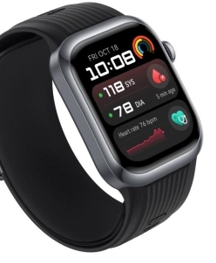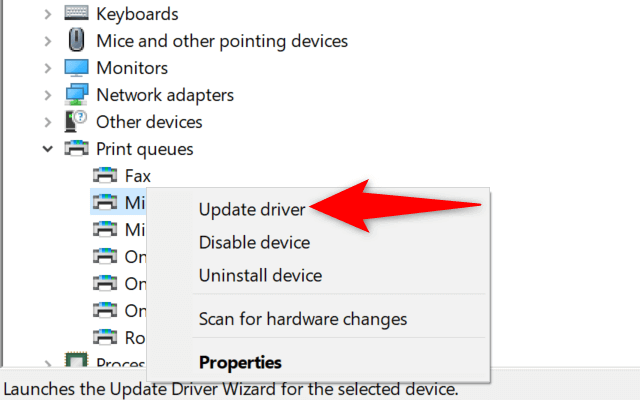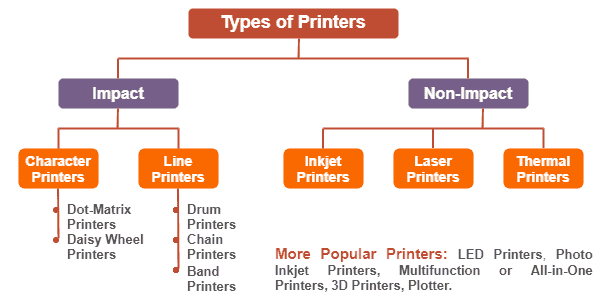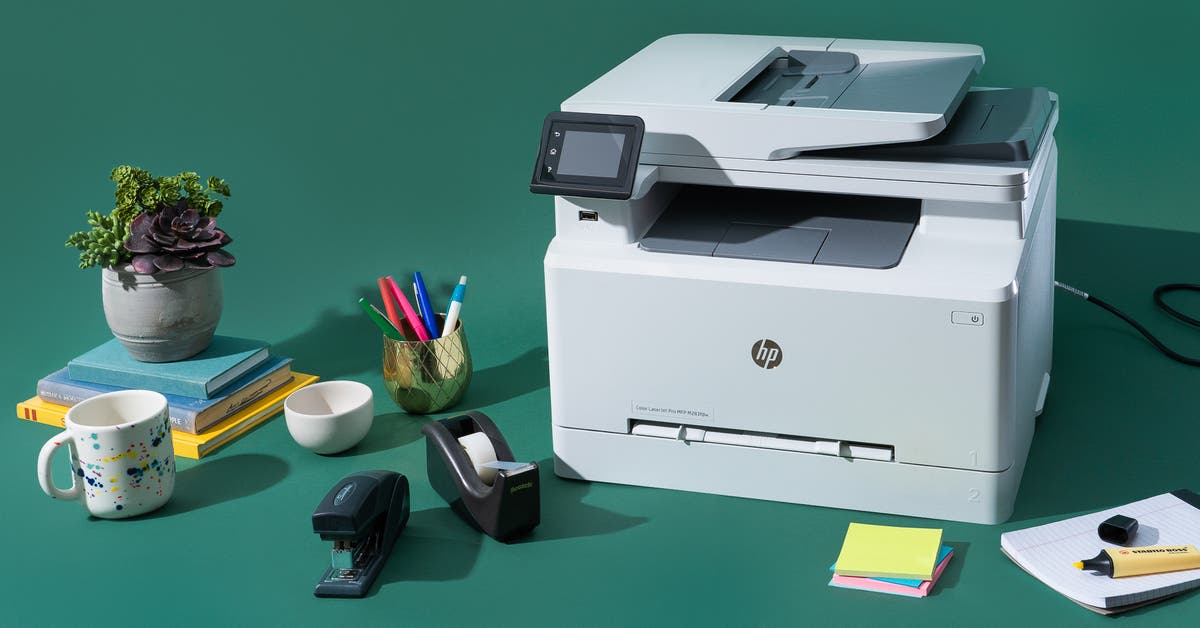Why is My Smartwatch Draining My Phone's Battery?
Smartwatches
have become essential companions in our daily lives, seamlessly integrating
with our smartphones to deliver notifications and track health metrics.
However, many users notice their phone's battery life decreasing significantly
after pairing with a smartwatch. This battery drain typically occurs due to
background processes and communication protocols that constantly run between
the two devices. The convenience of having information on your wrist comes with
an energy cost that manifests primarily in your phone's battery performance. In
this article, we will explore the common reasons behind this battery drain and
provide practical solutions to maintain both functionality and battery
efficiency.

Bluetooth Connectivity Overuse
Constant Data Syncing and Background Communication
The
continuous data exchange between your smartwatch and phone represents one of
the most significant battery drains many users encounter. This persistent
communication ensures your watch receives notifications, syncs health data, and
maintains real-time connectivity throughout the day. Every email alert, message
notification, and fitness tracking update requires energy to transmit across
the Bluetooth connection. The synchronization process becomes particularly
demanding when dealing with large data sets like workout history or music
transfers. Managing these sync settings effectively can dramatically reduce the
battery impact while maintaining the essential functions you rely on daily.
Poor Bluetooth Signal Strength and Reconnection Loops
When
your smartwatch and phone struggle to maintain a stable connection, the
resulting signal issues can dramatically increase battery consumption on both
devices. Physical obstacles like walls or furniture can interfere with
Bluetooth signals, forcing both devices to constantly boost their transmission
power. This scenario becomes particularly problematic when you move between
rooms or leave your phone behind, triggering repeated connection attempts. Each
reconnection attempt requires significant power as the devices re-establish
their communication link. Maintaining a consistent and clear line of sight
between devices can significantly improve connection stability and reduce this
unnecessary battery drain.
Notification and App Overload
Too Many Apps Pushing Alerts to Your Watch
The
convenience of receiving notifications on your wrist comes with a hidden
battery cost that many users underestimate. Each application installed on your
phone that has watch notification permissions can potentially drain battery
life. Social media applications, email clients, and messaging platforms tend to
generate frequent notifications that require constant communication. The
battery impact multiplies when you have numerous apps enabled for watch
notifications. Regularly reviewing and streamlining your notification settings
can significantly reduce this battery drain while ensuring you only receive the
alerts that truly matter to you.
Background App Refresh and Unnecessary Permissions
Many
applications continue running background processes and data refreshes even when
you're not actively using them. These background activities often include
checking for updates, refreshing content, and syncing data that may not be
essential. The problem intensifies when applications have unnecessary
permissions to access your location or health data through the watch
connection. Each background refresh requires your phone to process data and
transmit it to your watch. Carefully managing these permissions and background
processes can significantly reduce the battery impact while maintaining the
functionality you actually need.
Smartwatch Settings and Usage Patterns
Frequent GPS or Heart Rate Monitoring Requests
Continuous
health and location tracking features represent some of the most
battery-intensive functions of modern smartwatches. When your watch frequently
accesses your phone's GPS for location tracking, it forces your phone's
location services to remain constantly active. Similarly, continuous heart rate
monitoring requires regular data synchronization between devices. The impact
becomes particularly noticeable during extended workout sessions where both GPS
and health monitoring operate simultaneously. Adjusting these monitoring
intervals to match your actual needs can significantly reduce battery drain
while maintaining valuable tracking capabilities.
Watch Apps Forcing Phone to Process Data Constantly
Third-party
watch applications often rely heavily on your phone's processing power to
handle complex computations and data management. These applications frequently
offload processing tasks to your phone, keeping the watch's limited hardware
from being overwhelmed. Weather applications that frequently update detailed
forecasts and fitness apps that analyze complex workout data contribute to this
background processing load. The battery impact increases substantially when
multiple watch applications simultaneously request data processing from your
phone. Being selective about which applications you truly need on your watch
can significantly reduce this background processing load and extend your
phone's battery life.
How to Reduce the Battery Drain?
Optimize Bluetooth and Notification Settings
Adjusting
your Bluetooth and notification configurations represents one of the most
effective approaches to reducing the battery impact. Begin by reviewing your
notification settings and disabling alerts for applications that don't
genuinely need to appear on your wrist. Consider adjusting your sync frequency
for less critical data, allowing longer intervals between refreshes. Many
devices offer battery optimization settings specifically for Bluetooth
connections that can help manage power consumption. These adjustments typically
take just a few minutes to configure but can result in noticeable improvements
to your phone's battery life throughout the day.
Limit Background Activity and App Refresh
Managing
background processes and application refresh behaviors can significantly reduce
the battery drain associated with your smartwatch connection. Start by
reviewing which applications have permission to run background processes and
refresh data through your watch connection. Many devices allow you to customize
sync intervals for different types of data, allowing you to extend the time
between updates for less critical information. Pay particular attention to
location-based applications and health tracking features, adjusting their
update frequency to match your actual needs. These thoughtful adjustments to
background activities can dramatically reduce battery consumption while
preserving the smartwatch features you value most.

Conclusion
To optimize your smartwatch’s battery life, balance functionality with power-saving habits. Small changes—like adjusting notifications and sync frequency—can make a big difference. Modern wearables such as the Huawei watch gt6 use advanced power management to optimize device communication. Features like smart notification filtering and efficient syncing help conserve energy through thoughtful design. By adopting these strategies, you can stay connected without constantly worrying about battery drain. Finding your own balance between features and endurance will keep both your watch and phone reliable all day.







